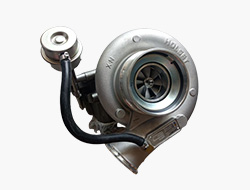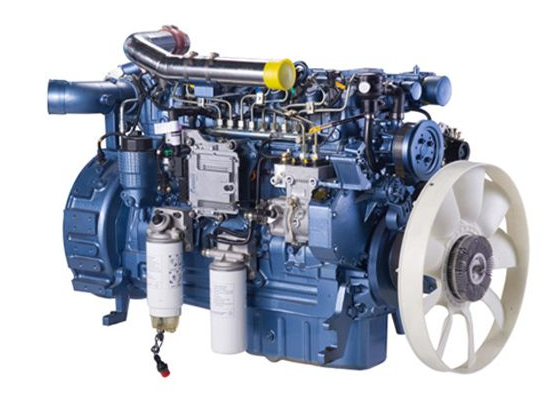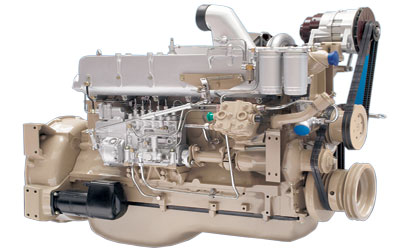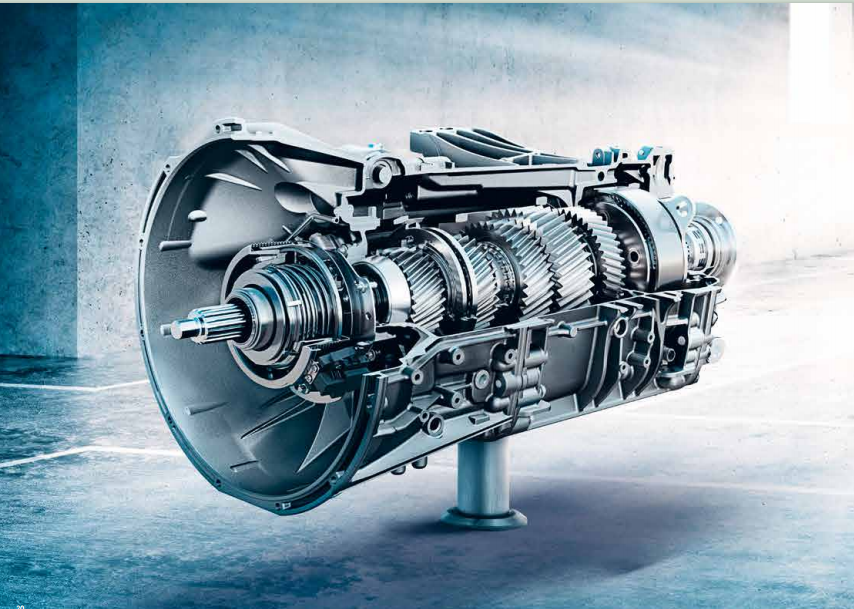Precautions For Safe Driving In Summer
Precautions For Safe Driving In Summer
.jpg)
As is well known, driving a school bus is a labor that requires a lot of physical and mental effort. Due to the high temperature in summer, coupled with long days and short nights, poor or insufficient sleep, it is more likely to fatigue and cause vehicle accidents. Therefore, drivers must pay attention to the combination of work and rest, maintain sufficient sleep time, and also realize that fatigue is not something to fight against or persist in. Only sufficient sleep is the only effective way to prevent driving fatigue.
Anti fatigue and drowsiness: In summer, when the temperature is high and the driver lacks sleep, it is easy to get tired and drowsy while driving. Therefore, before driving, attention should be paid to rest, ensuring sufficient sleep, and making the best use of morning and evening driving time to avoid habitual sleep time driving. When feeling signs of fatigue, yawning, or weak limbs while driving, you should immediately stop and rest, or wash your head and face with cold water, move your limbs, and wait for your energy to recover and your mind to clear before driving.
2. Preventing emotional excitement
Driving in high temperatures can cause school bus drivers to feel irritable. Once encountering external stimuli (such as the other party's vehicle squeezing and occupying the road, or not turning off the high beam when meeting at night), it can easily cause emotional excitement and lead to excessive behavior, such as not letting the car slow down, overtaking and turning sharply, or turning off the lights at night, which can easily cause accidents. Therefore, drivers should strengthen their professional ethics, tolerate others' rude actions, and save the day.
3. Anti engine high temperature
In summer, the ambient temperature is high, and the engine is prone to overheating. Therefore, in summer, it is necessary to strengthen the inspection and maintenance of the engine cooling system, and promptly remove scale in the water tank and jacket, as well as debris embedded between the radiator chips; Carefully check the working performance of the thermostat, water pump, and fan. Damaged parts should be repaired in a timely manner, and attention should be paid to adjusting the tension of the fan belt; Timely add cooling water. When the water temperature exceeds 100 ℃, stop in the shade to cool down, let the engine idle, and lift the engine hood to facilitate heat dissipation. When the water tank is boiling and the engine is overheating, do not turn off the engine (except for motor driven fans) or pour cold water on the engine to prevent the engine from exploding.
.jpg)
For vehicles with hydraulic braking, attention should be paid to checking the quality and quantity of brake fluid to prevent its boiling point from decreasing and forming air resistance, which can affect the braking effect. Therefore, if necessary, the brake fluid should be replaced (every two years as required) to check the operation of the brake master cylinder and slave cylinder, and thoroughly eliminate air from the brake pipeline. For vehicles with pneumatic braking, it is necessary to regularly check the maximum braking working air pressure, and check the brake cups and hoses for aging.
5. Anti tire burst
In midsummer, accidents caused by school bus tire explosions occur from time to time. Due to the scorching sun on asphalt and cement roads, the heat waves rise, leading to an increase in the temperature and pressure of the high-speed rotating school bus tires, which can easily cause a tire blowout. In summer, one should pay attention to the tire pressure frequently, especially before driving on the highway, and carefully check it. Generally speaking, the air pressure of summer tires is about 10% lower than the normal tire pressure value. Accurate tire pressure can be measured using a tire pressure gauge, and it is best to go to a repair station for measurement. The easiest way to check the tire pressure is to learn to visually inspect the tires, and judge whether the tire pressure is normal by observing the deformation degree of the tires contacting the ground. Generally speaking, the normal service life of tires is 3 years or 80000KM, and timely replacement should be considered to prevent accidents caused by explosion-proof tires.
6. Anti wading driving and ignition after turning off the engine
When encountering waterlogged roads, do not blindly force passage. You should get off the car and observe the depth of the water. If the water depth exceeds the height of half a wheel, it is strictly prohibited to wade through. If the water depth does not exceed the height of half a wheel, it can be waded through. However, when the vehicle is wading, it should adopt low speed (low gear) and high throttle, maintain the speed, and try to pass through shallow waterlogged roads as much as possible. At the same time, try to avoid parallel passage when wading, We cannot follow or accompany the cart. Suggestion: If the car feels underpowered during wading, it must quickly press the clutch and vigorously hit the accelerator a few times to increase the engine speed, maintain pressure gas in the exhaust pipe at all times, and prevent water from entering the exhaust pipe, causing stalling. Once the vehicle is found to have been flooded and stalled, it is important not to start the vehicle again, but to push the vehicle to a safe location as soon as possible. At the same time, it is necessary to remove the negative electrode of the battery as soon as possible to avoid short circuits in various electrical appliances on the vehicle due to water ingress, and seek the help of professional personnel from the repair shop immediately. Special reminder: The most taboo when driving in water is to forcefully ignite the vehicle after stalling, which can easily cause the engine to "burst" and cause human mechanical accidents.
7. Preventing vehicle fires
In summer, the heat wave is rolling, so be careful not to overfill. The car fuel tank cap is equipped with a vent. If the gasoline is filled up, the bumps during driving can cause the gasoline to overflow, and encountering static electricity can cause a fire. Comrades who smoke are particularly reminded not to place lighters and other flammable materials in the car. After the vehicle is exposed to strong sunlight, the temperature inside the car is enough to cause the lighters to explode or self ignite, causing a fire.
Related Products


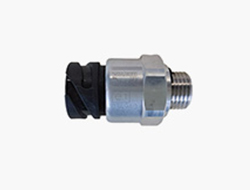
.jpg)
.jpg)
